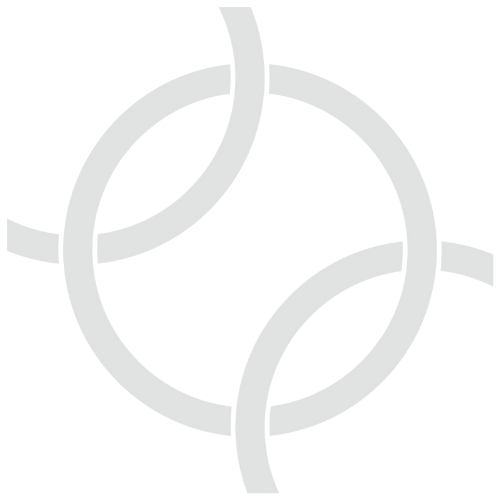No Padel Club Is Paying Attention to This – And It’s the Secret to Boosting Your Club
If you understand the life cycle of a padel player, you can guide them towards achieving your club's goals. Every player follows a **consumer life cycle** within the club, moving through different stages, and the key to success is knowing how to manage each one effectively.
Why is this important?
Because a loyal player is far more valuable than an occasional one. The real key to a club’s success isn’t how many people try padel once but how many stay, progress, and become part of the community.
The Life Cycle of a Padel Player in a Club
1️⃣ Attraction: The First Contact with the Club
🔹 How does a new player discover a club? It could be through social media, a friend’s recommendation, a marketing campaign, or simply passing by the club.
🔹 Common mistake: Thinking that great facilities alone are enough to retain players.
🌟 Winning strategy:
A clear acquisition funnel: welcome offers, trial lessons, and discounts for first-time players.
A referral system: rewarding existing players for bringing in new ones.
A structured onboarding process: ensuring that the first experience is smooth, welcoming, and engaging.
2️⃣ Initiation: First Playing Experiences
🔹 At this stage, players have tried padel but aren’t yet frequent visitors. They play sporadically with friends or join a beginner class.
🔹 Common mistake: Failing to follow up after their first visit.
🌟 Winning strategy:
A personalized follow-up message after their first session, offering more playing opportunities.
Flexible packages or memberships that lower the barrier to regular play.
Social events that help players connect with others and feel part of the community.
3️⃣ Retention: Becoming a Regular Player
🔹 Here, players start playing frequently, either recreationally or through lessons.
🔹 Common mistake: Treating all regular players the same, without recognizing different needs.
🌟 Winning strategy:
Internal leagues or ranking systems to keep motivation high.
Personalized coaching options based on skill progression.
Loyalty programs that reward consistent play (discounts, exclusive perks, etc.).
4️⃣ Specialization vs. Stagnation: Two Opposite Paths
🔹 At this point, players usually take one of two directions:
Competitive players: They seek structured training, tournaments, and challenges.
Casual players: They play for fun but may lose interest if the experience gets repetitive.
🔹 Common mistake: Not differentiating offerings for each type of player, leading to stagnation.
🌟 Winning strategy:For competitive players: structured advanced training, tournaments, and progressive challenges.
For recreational players: social tournaments, fun event formats, and themed matches.
Personalized engagement: "This weekend, we have a tournament that’s perfect for your level—are you in?"
5️⃣ Risk of Dropout: The Most Critical Phase
🔹 Eventually, most players go through a phase where they play less due to injury, lack of time, or lack of variety in their experience.
🔹 Common mistake: Not identifying at-risk players before they stop playing completely.
🌟 Winning strategy:
Automated reminders when a player hasn’t booked in a while.
Reactivation offers: “We miss you at the club! Play this week with a 50% discount.”
Community-driven engagement: WhatsApp groups, club apps, or matchmaking features to help players find partners easily.
🚨 A crucial insight: Most countries haven’t yet reached this phase.
In Spain and Argentina, where padel is well-established, clubs are already experiencing player dropout cycles.
However, most new padel markets (Europe, the U.S., Middle East, and Asia) are still in the early stages of player engagement.
Because clubs haven’t yet faced this challenge, they don’t have strategies in place to address it.
This is where Beyond Padel’s experience makes a difference.
We’ve seen how player retention works in mature markets and have developed the right tools to help clubs prepare before they start losing players.
Conclusion: Is Your Club Supporting Players Through Their Full Life Cycle?
A successful club isn’t one that just attracts players—it’s one that guides them through every phase of their journey.
The long-term profitability of a padel club isn’t defined by how many new players join each month but by how many players stay and evolve.
🔹 Does your club have a strategy for each stage of the player life cycle? Let me know your thoughts in the comments!
